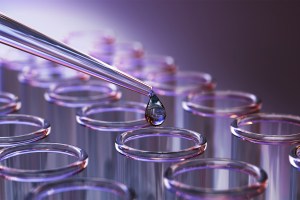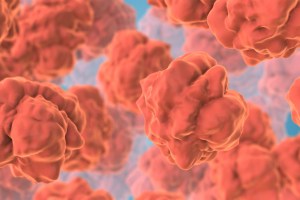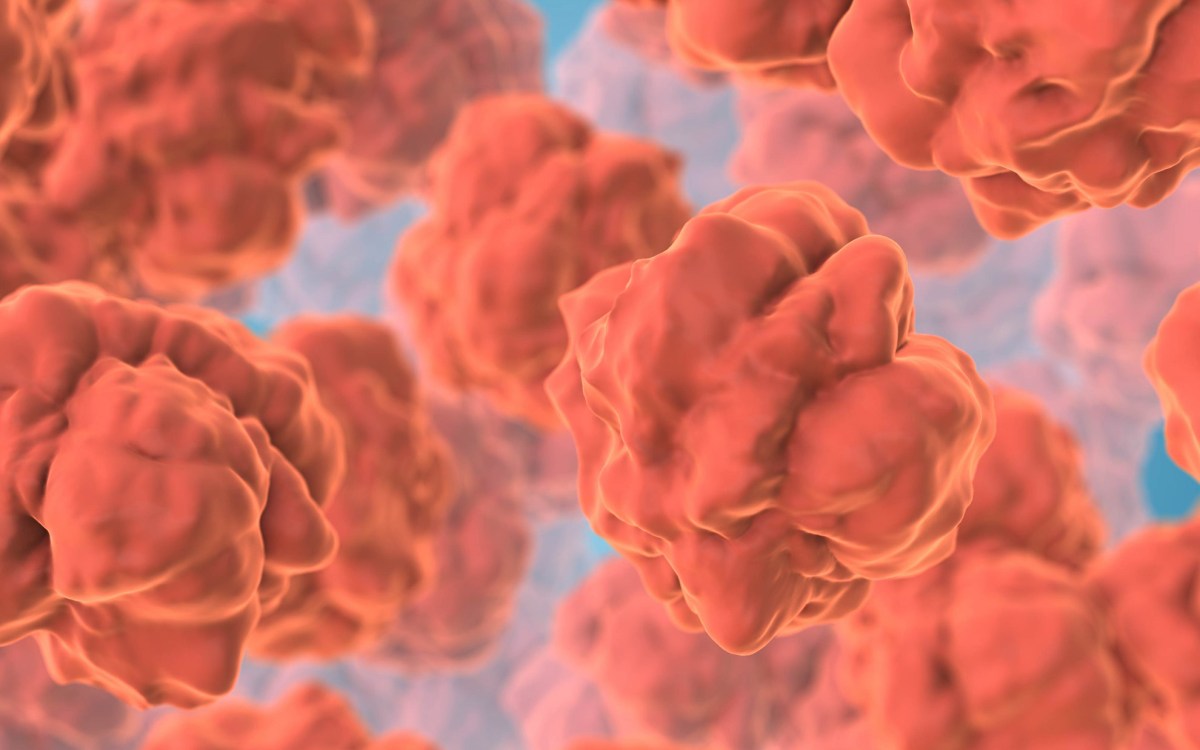Molecule predicts type 2 diabetes
Barbara Kahn and colleagues say RBP4 can identify those at risk, lead to therapies.
A study in the June 15, 2006, issue of The New England Journal of Medicine reveals that elevated levels of a molecule called RBP4 (retinol binding protein 4) can foretell early stages in the development of insulin resistance, a major cause of type 2 diabetes as well as cardiovascular disease.
The new findings, led by researchers at Beth Israel Deaconess Medical Center (BIDMC), offer a potential new target for the development of anti-diabetic therapies to lower serum RBP4 levels as well as an early means of identifying individuals who are at risk of developing diabetes – before the onset of overt disease.
“Type 2 diabetes is a rapidly increasing epidemic in the Western world,” explains senior author Barbara Kahn, MD, chief of the Division of Endocrinology, Diabetes and Metabolism at BIDMC and professor of medicine at Harvard Medical School. “Since it is now occurring even in childhood, predictions indicate that it could shorten lifespan in the U.S. for the first time in more than a century.”
Insulin resistance develops when the body’s muscles, fat and liver cells lose the ability to respond to the hormone insulin. Because insulin is necessary to enable the body to take up sugar from blood and convert it into energy, this impairment results in a buildup of glucose in the bloodstream.
“Insulin resistance not only predisposes individuals to type 2 diabetes, it is also a major risk factor for cardiovascular disease,” adds co-lead author Timothy Graham, MD, an investigator in the Kahn laboratory. “Unfortunately, in the clinical setting, it is often difficult to distinguish individuals with and without insulin resistance.”





